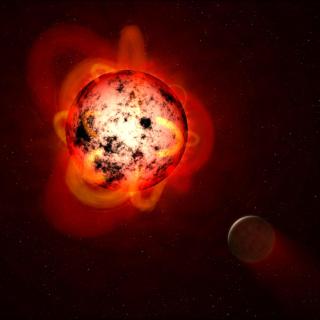Light bridges are elongated and bright structures protruding into the umbra of sunspots. The presence of light bridges has a significant role in the evolution of sunspots and the heating of their overlying atmosphere. Therefore, investigating these structures is crucial to understanding fundamental aspects of sunspots. By applying a novel code based on deep-learning algorithms called SICON to spectropolarimetric observations acquired with the Hinode satellite, we computed atmospheric parameters that allowed us to infer the variation of the physical properties of light bridges on a geometric
Advertised on




